what is Aestivation?
“Aestivation: Surviving the Heat – Nature’s Ingenious Dormancy Strategy”
Introduction
Aestivation is a biological term that refers to a state of dormancy or inactivity that some animals enter during hot and dry periods, typically in the summer. It is similar to hibernation, but instead of occurring in response to cold temperatures, aestivation occurs in response to extreme heat and drought conditions. Aestivation allows animals to conserve energy and water when environmental conditions are not conducive to their normal activities.
During aestivation, animals often find a sheltered or underground location to escape the heat and reduce water loss. They may enter a state of torpor, where their metabolic rate decreases significantly, and they become less active. This state can help them survive until more favorable environmental conditions return, such as cooler and wetter weather.
Aestivation is more commonly observed in certain types of animals, such as some amphibians, reptiles, and certain invertebrates like snails and earthworms. These animals have adapted to cope with harsh environmental conditions by going into aestivation when necessary to avoid the challenges of extreme heat and drought.
Aestivation is a survival strategy used by various animals to cope with extreme heat and dry conditions. Here are some examples of aestivating animals:
African Lungfish:
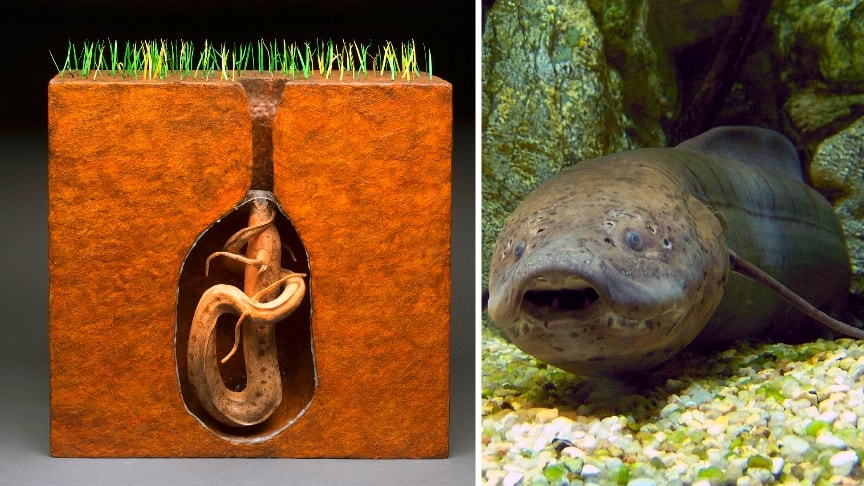
One of the most intriguing aestivators is the African lungfish, a prehistoric fish species found in African rivers and swamps. During the dry season, when water bodies shrink and evaporate, these lungfish retreat into the mud, forming a protective cocoon of mucus. In this dormant state, they can wait patiently for several months until the rains return, reviving their aquatic life once more.
Desert Tortoise:
The iconic desert tortoise of North America’s arid regions is well-known for its aestivation habits. When faced with relentless heat and water scarcity, these tortoises dig burrows and seek refuge underground. There, they become less active, conserving precious moisture and energy until conditions improve, showcasing nature’s resilience in the harshest of environments.
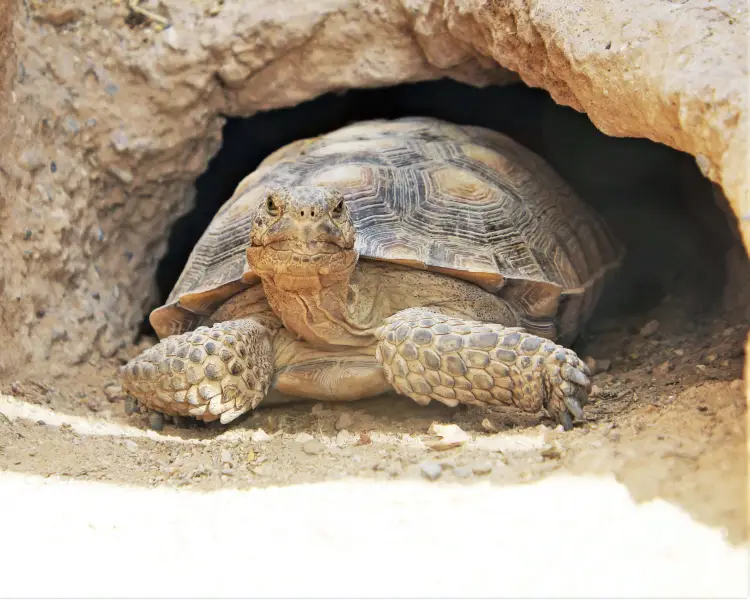
Land Snails:
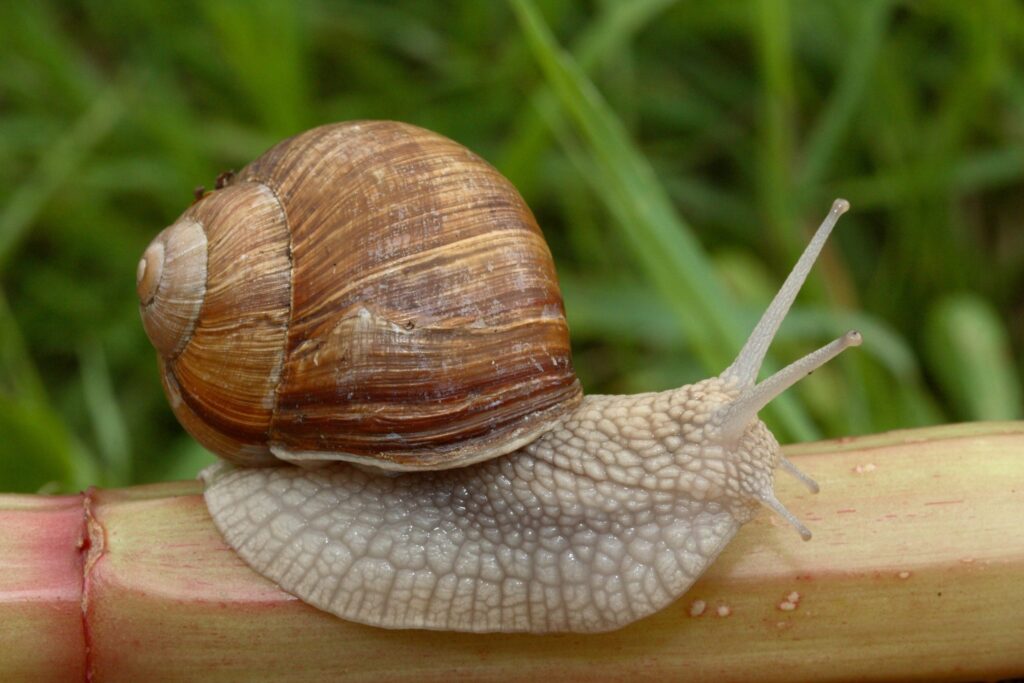
Land snails, often overlooked, exhibit a clever aestivation technique. When confronted with parched surroundings, they retreat into their shells and seal themselves with a protective layer of mucus. This simple yet effective strategy keeps them safe from desiccation, allowing them to wait patiently for moisture to return.
Burrowing Frogs:
Australia’s arid landscapes are home to an array of fascinating creatures, including burrowing frogs. These frogs dig deep burrows to escape the scorching heat and drought conditions. By sealing themselves off from the dry surface, they remain in a state of dormancy until the long-awaited rains revive their habitats.
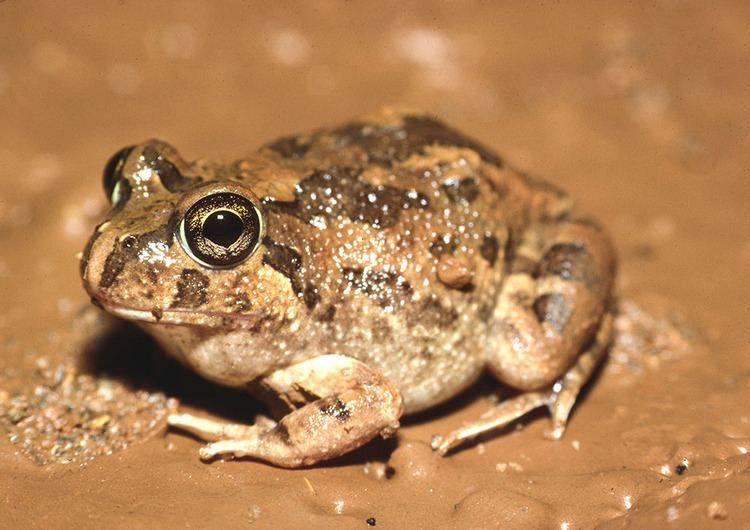
Desert Shrimp:
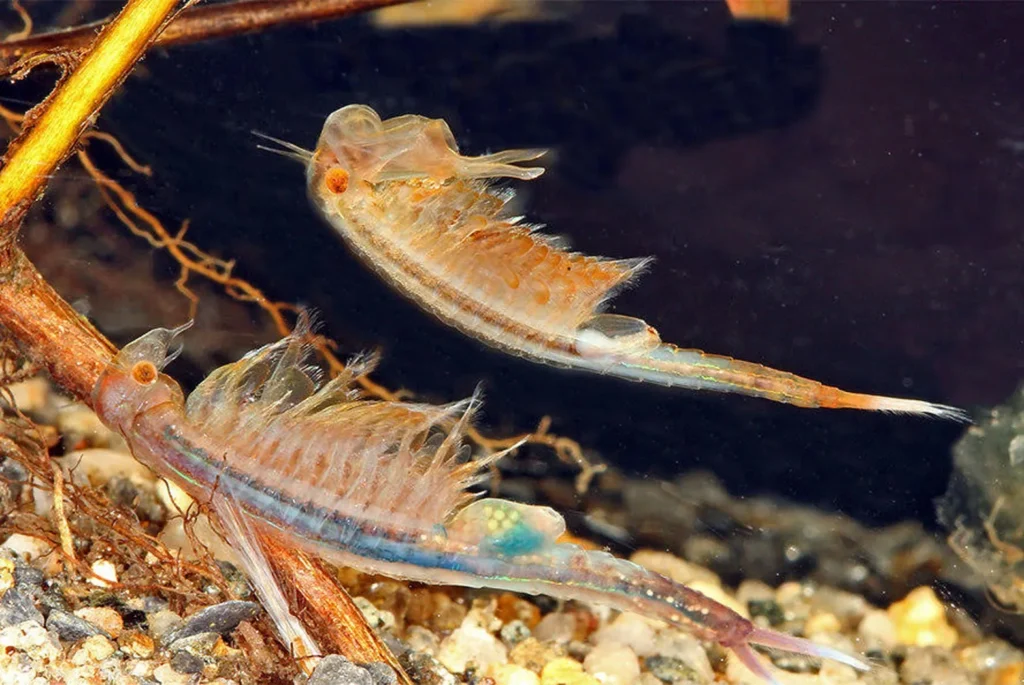
Tiny but resilient, desert shrimp found in temporary desert pools have adapted to survive in unpredictable conditions. They form cysts or eggs that can endure desiccation. When the pools dry up, they enter a suspended animation-like state, waiting patiently for the return of water to reactivate their life cycle.
Antlion Larvae:
The antlion larvae, also known as “doodlebugs,” are skilled pitfall predators. When the heat becomes unbearable, they burrow deeper into the sandy soil to avoid desiccation. They patiently wait for unsuspecting ants to fall into their traps, showcasing their remarkable adaptation to dry conditions.
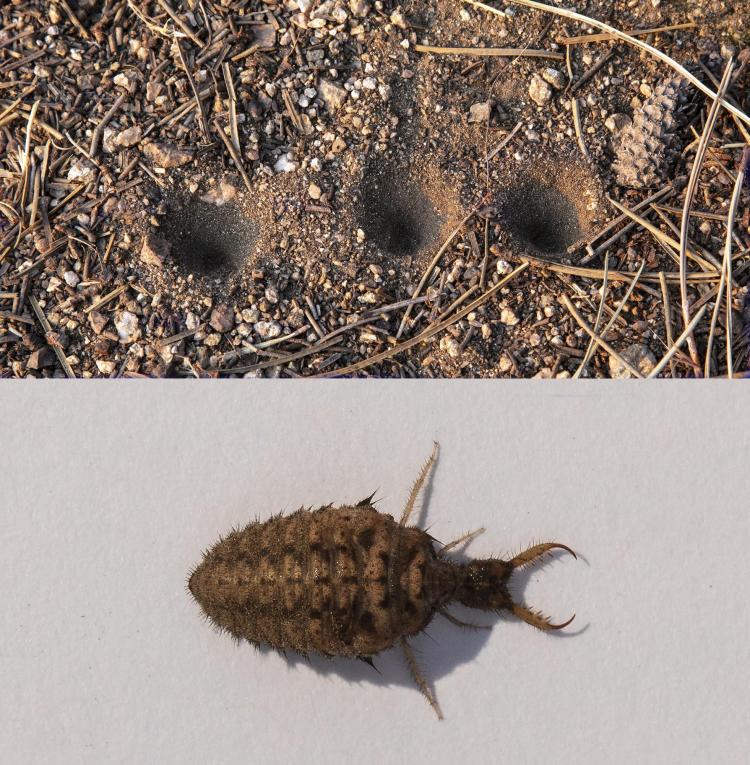
African Spurred Tortoise :

This tortoise species from the Sahara Desert is known to aestivate to survive extreme heat and drought. They dig burrows and spend most of their time underground during the hottest months.
Desert Toad:
This toad species, also known as the cane toad, can aestivate by burrowing underground during dry periods in arid regions of Central and South America. They reemerge when conditions become more favorable.
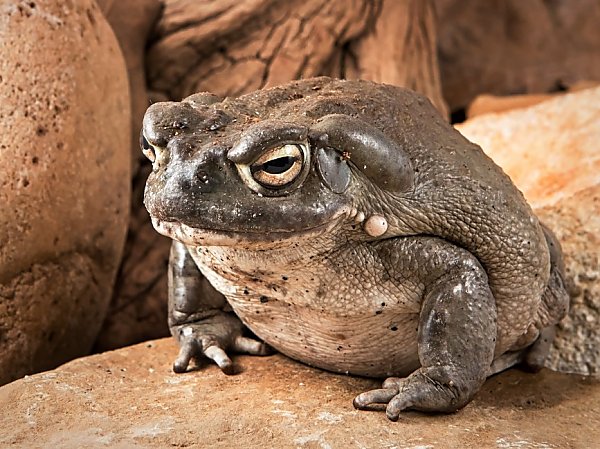
Tadpole Shrimp:
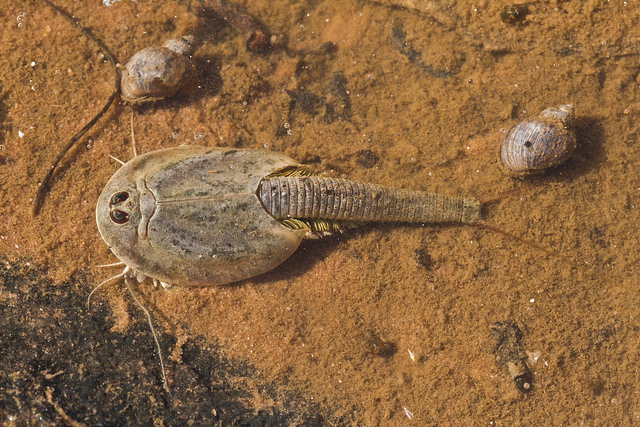
Tadpole shrimp are ancient crustaceans that can form cysts that survive desiccation, enabling them to remain dormant in temporary aquatic habitats until they fill with water again.
Mudskippers:
These unique fish that live in intertidal zones can aestivate by burrowing into mud or sand during low tide when the water recedes, staying in a dormant state until the tide returns.

These are just a few examples of animals that employ aestivation as a survival strategy to endure harsh environmental conditions. Aestivation allows them to conserve energy, water, and resources until more hospitable conditions return.
Conclusion:
Aestivation is a testament to nature’s adaptability and ingenuity in the face of adversity. These remarkable creatures have evolved to survive in some of the world’s harshest environments, using aestivation as their secret weapon against the relentless summer heat. By conserving energy, water, and resources, they demonstrate that life can thrive even in the most challenging circumstances, offering a valuable lesson in resilience and survival.